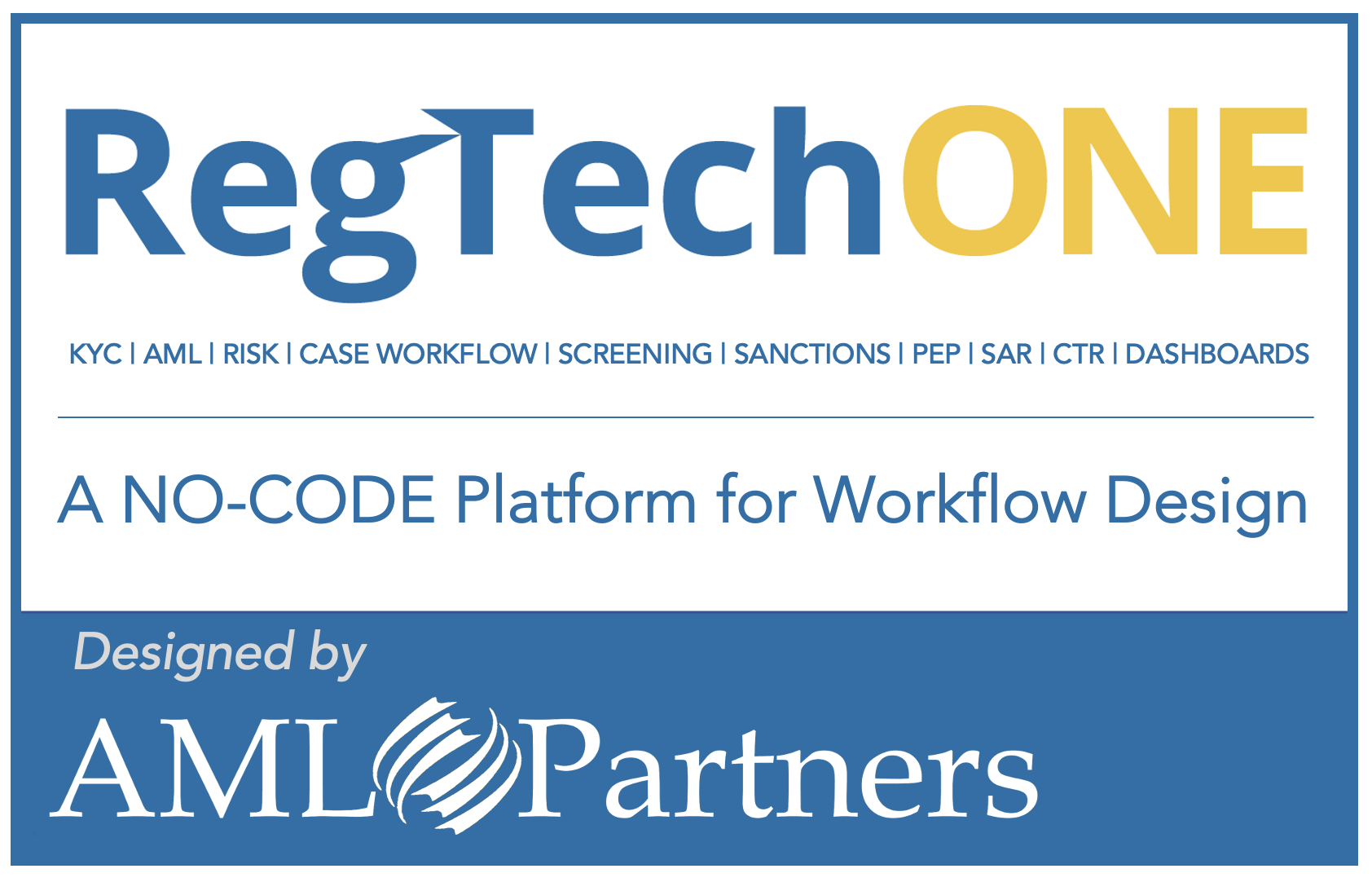
By Frank Cummings, CEO
Our recent blog article about the importance of integrating sanctions screening with Customer Due Diligence (KYC CDD) generated a lot of interest—and it also generated a lot of questions. Compliance professionals asked us how to screen both well and compliantly—but without being buried in time-stealing, mind-numbing false positives.
There are three keys to make sanctions screening relatively easy, efficient, and effective: Know how to screen, know what to screen, and know how to use built-in AML software tools like secondary evaluation and whitelisting.
Sanctions Screening: Knowing how to screen
First, know how to screen. Institute a risk-based approach to your sanctions screening, and then employ the right AML solutions to implement that approach. For example, to avoid the ineffective data avalanche of the catch-all approach, select automated name-matching algorithms that correlate to your geographic risk.
Here is what you do NOT want to happen: If you run the standard Soundex algorithm against a correspondent bank in South America, you would probably be dealing with tens of hundreds of false positives on every screening. And that would multiply by the number of screened names. You could end up with several thousand false positives a day—if not more—all of which have to be researched. This creates a huge cost in time, person hours, and overall energy for good compliance.
We have helped customers buried in thousands and thousands of false positives because of the geographically inappropriate use of the Soundex algorithm. We showed them that by using Levenshtein Distance algorithm, which was more appropriate to their geographic risk, their screening produced results that included the truly risky hits without all the false-positive ones. This meant that they found the true risk without burying themselves in unproductive processing of false positives.
Algorithms like Soundex and Levenshtein Distance both have their place in a risk-based screening system, but other algorithms are essential, too. For example, AML Partners has developed proprietary name-matching algorithms to mitigate the risk of intentional attempts to work around screening detection. This risk-based extension of existing practices creates better practices that help eliminate the problem of risky hits getting lost in intentional or accidental ‘noise.’ This is another good example of embracing a smarter-technology risk-based approach rather than a work-intensive and less effective catch-all approach.
Sanctions Screening: Knowing what to screen
Knowing what to screen is another crucial element of effective and efficient sanctions screening.
Ultimate Beneficial Owners (UBOs) remain a huge challenge for current AML Compliance efforts. And UBOs can only be determined if you collect all the owners of a company—and who in turn owns the owners and who owns them and who owns them and so on. Obviously, this cannot be a manila-folder manual process due to the evolution of the magnitude of the task and the high stakes involved with international sanctions lists.
The good news is there are reliable data providers who collect this information and who can sell it to you. Better yet, modern AML software solutions automatically download and integrate that data with your KYC CDD collection. With today’s AML solutions, sanctions screening becomes an automated and integrated part of the KYC CDD process. Using a tool like our RegTechONE platform for AML and GRC, users can automatically upload beneficial owner information, boards of directors, and so on. These are then screened automatically using a variety of name-matching algorithms tuned to the user’s specifications.
Using this approach, financial institutions solve both sides of the screening issue—how to screen and what to screen. And best of all in terms of effective AML Compliance, search results present the truly risky hits with minimal false positives.
Secondary screening, de-duping, and whitelisting
For peak efficiency in sanctions screening, leverage tools like secondary screening, de-duplication, and whitelisting. False positives in AML screening have been the bane of AML Compliance professionals for years. But modern AML solutions offer powerful tools to remediate false positives. These include secondary screening, de-duplication, and whitelisting. Furthermore, we designed our system so that you can lower these false positives more by whitelisting reoccurring hits that fall within your parameters of your screening. Again, you zero in on the REAL risk in your customer accounts.
For example, secondary evaluation entails a post-process analysis. High quality AML software solutions can automate secondary evaluation of screening hits. This greatly reduces false positives because the AML solution can match hits against additional data fields like addresses, phone numbers, birthdays, and so on. Screening initial hits against additional data fields in a secondary evaluation weeds out false positives in order to home in on true hits.
To learn more about secondary screening, de-duplication, and whitelisting, check out this recent blog article on AML Partners’ website.
AML screening: Risk-based approach and top AML solutions deliver effective, efficient screening
In summary, sanctions screening for AML Compliance may be made both easier and much. more effective by using a risk-based approach, knowing both how and what to screen, and by using the right tools.
It’s ironic, really: For institutions using the default catch-all approach to sanctions screening, software automation makes life far more difficult than it needs to be—and with less effectiveness. In contrast, forward-thinking Compliance officers are smart about what tech solutions to choose. And they leverage data services and built-in automation with effective whitelisting and secondary evaluation.
In a nutshell, that is complex sanctions screening made easy. And, more importantly, effective and efficient.

No-code AML platform for peak AML Compliance–effective, efficient integration and automation
With AML Partners’ platform technology for RegTech, updating and upgrading your AML and eGRC software solutions is easier, faster, and much less expensive. Contact us today to explore how platform technology and our end-to-end AML Ecosystem powered by the RegTechONE platform–can transform the efficiency and effectiveness of your unique AML Compliance efforts. RegTechONE software for AML Compliance includes fully integrated modules for CDD KYC software for on-boarding, behavior and transaction monitoring software, and sanctions screening software for comprehensive AML screening. And AML Partners simplifies your end-to-end fully integrated AML Compliance efforts even further with an optional Subpoena Search module for FinCEN 314a and similar subpoena searches. Contact us today to learn about our proof-of-concept option or schedule a demo of RegTechONE, the AML software ecosystem. With extraordinary configurability and built for API extensibility, the RegTechONE AML software platformpowers not only an end-to-end AML software solution but also vendor management, AML client lifecycle management, eKYC Golden Records, Perpetual KYC, and so much more.

